The history of Massachusetts Statehood is a compelling narrative interwoven with political strife, cultural evolution, and the pursuit of liberty.
From its earliest colonial roots to its pivotal role in the American Revolution, Massachusetts’s journey toward statehood is a testament to the enduring spirit of democracy and self-governance.
The year 1620 marks the beginning of Massachusetts’s history as English Pilgrims arrived on the shores of Plymouth, seeking religious freedom.
Over the ensuing decades, the colony expanded, attracting settlers from diverse backgrounds who contributed to its economic prosperity and intellectual vigor.
However, tensions with British rule began to mount, culminating in the pivotal events of the American Revolution.
Massachusetts played a central role in igniting the flames of rebellion, hosting events like the Boston Tea Party and the Battles of Lexington and Concord.
Amidst the chaos of war, the dream of statehood emerged as a beacon of hope for Massachusetts residents.
Massachusetts Statehood History
Massachusetts, the “Bay State,” boasts a rich history that predates the United States itself. Its journey to statehood wasn’t a singular event, but rather a gradual process woven with religious dissent, political turmoil, and a yearning for self-governance.
Here’s a closer look at the milestones that shaped Massachusetts’ path to becoming the sixth state in the Union:
The Pilgrims and Plymouth (1620)
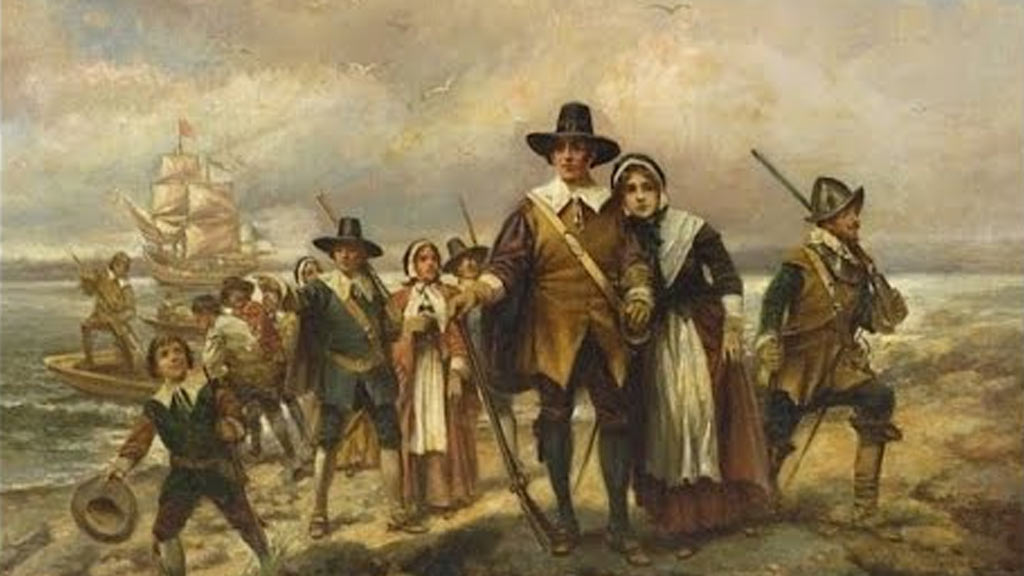
The story begins with the arrival of the Pilgrims on the Mayflower in 1620. Seeking religious freedom from the Church of England, they established the Plymouth Colony, creating a self-governing community based on the “Mayflower Compact.”
This document, a precursor to American constitutionalism, emphasized the importance of the consent of the governed.
Puritan Migration and the Massachusetts Bay Colony (1630)
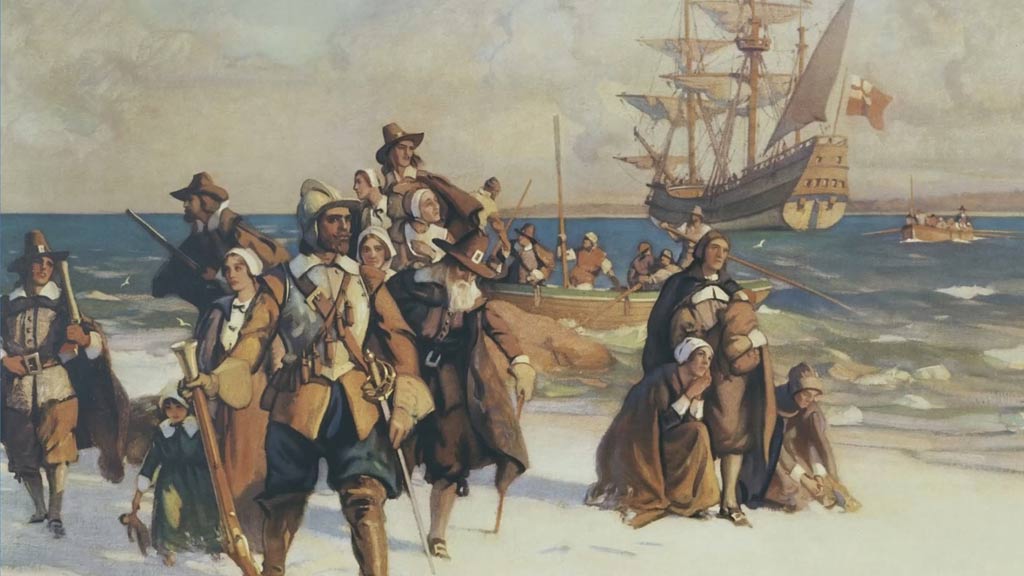
A decade later, a larger group of Puritans led by John Winthrop arrived in Massachusetts Bay. Intending to establish a “city upon a hill” – a model Puritan society – they created the Massachusetts Bay Colony.
While initially focused on religious uniformity, the colony’s rapid growth and diverse population led to tensions with the leadership.
The “Great Migration” and Growing Dissent
In the 1630s, a wave of English colonists seeking religious and economic opportunities arrived in Massachusetts Bay. This influx led to rapid population growth and a strain on the colony’s resources.
Additionally, some colonists, like Anne Hutchinson, challenged the leadership’s strict religious doctrine.
The Founding of Towns and the Body of Liberties
The growing population spurred the establishment of new towns, each seeking a degree of autonomy. This push for local control led to the creation of the “Body of Liberties” in 1641, one of the first written documents outlining individual rights in the colonies.
The Formation of the General Court (1644)
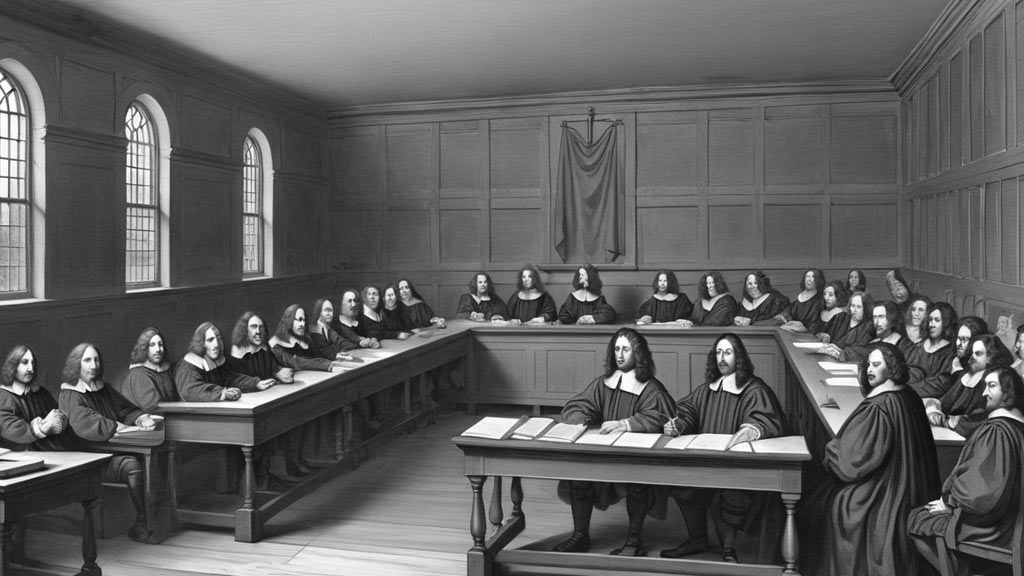
In response to growing dissent and the need for a more representative government, the Massachusetts Bay Colony established the General Court in 1644, a bicameral legislature marking a significant step towards a more democratic form of governance.
The Restoration and the Dominion of New England
With the restoration of the British monarchy in 1660, the relationship between Massachusetts and the Crown became strained. The colony resisted attempts by the King to exert greater control, leading to the revocation of its charter in 1684.
The Dominion of New England and the Glorious Revolution
The revocation of the charter resulted in the short-lived Dominion of New England, an attempt to consolidate control over several colonies.
However, the Glorious Revolution in England in 1688, which saw the overthrow of King James II, led to the collapse of the Dominion and a temporary return of self-governance for Massachusetts.
The Charter of 1774 and Growing Tensions
In 1774, the Crown issued a revised charter for Massachusetts, significantly curtailing its self-governing powers.
This act, viewed by colonists as a punitive measure, further fueled resentment towards British rule and contributed to the growing sense of American identity.
The Boston Tea Party and the Intolerable Acts
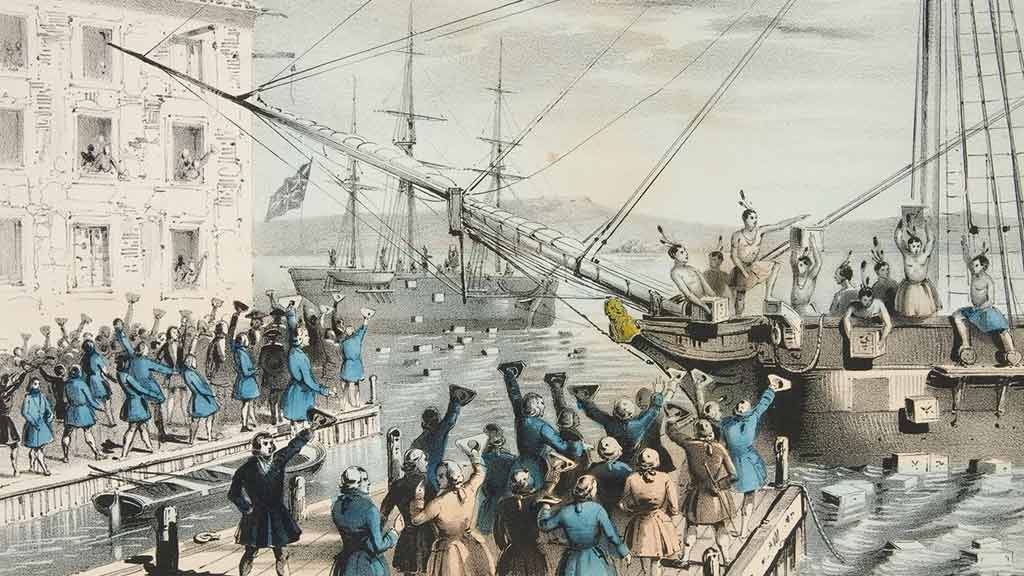
Events like the Boston Tea Party in 1773 further strained relations between Massachusetts and the British Crown.
The subsequent Intolerable Acts, a series of punitive measures taken by the British Parliament, solidified the colonists’ resolve to resist British authority.
Massachusetts and the American Revolution
Massachusetts played a pivotal role in the American Revolution. The Boston Massacre, the presence of British troops, and the rallying cry “No taxation without representation” all originated in Massachusetts, which became a focal point of revolutionary fervor.
The Massachusetts Constitution and Ratification
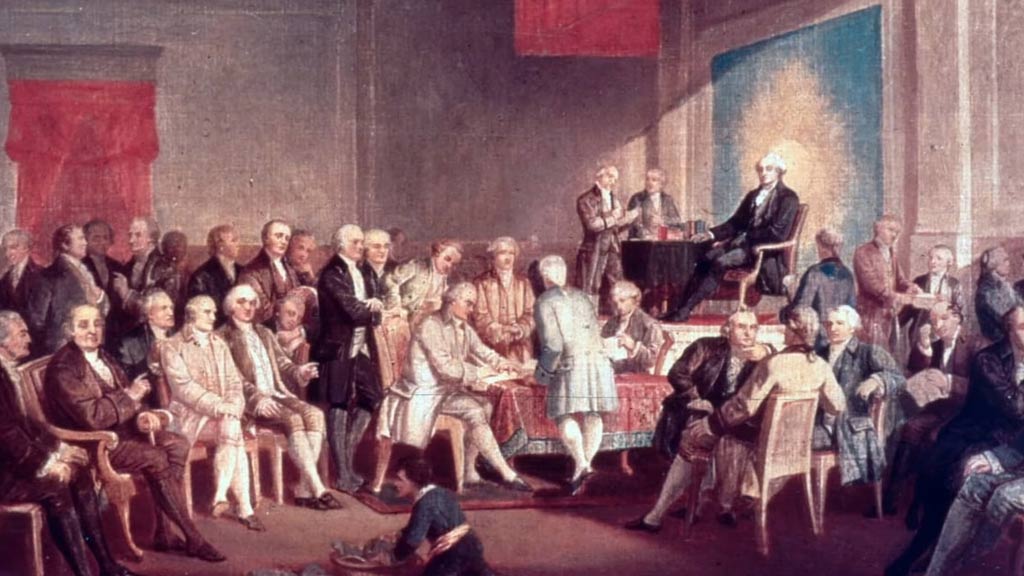
In 1780, Massachusetts adopted its own state constitution, one of the first in the newly formed United States.
This document, drafted by John Adams, emphasized a separation of powers, a system of checks and balances, and individual liberties, principles that would later be enshrined in the U.S. Constitution.
Ratification of the U.S. Constitution
While initially hesitant due to concerns about a strong central government, Massachusetts ultimately ratified the U.S. Constitution in 1788, with the inclusion of the Bill of Rights addressing its concerns.
Who Founded Massachusetts and Why Was It Founded?
Massachusetts was founded by English settlers in the early 17th century. The colony’s origins are rooted in religious dissent and the pursuit of economic opportunity.
Establishment of Plymouth Colony
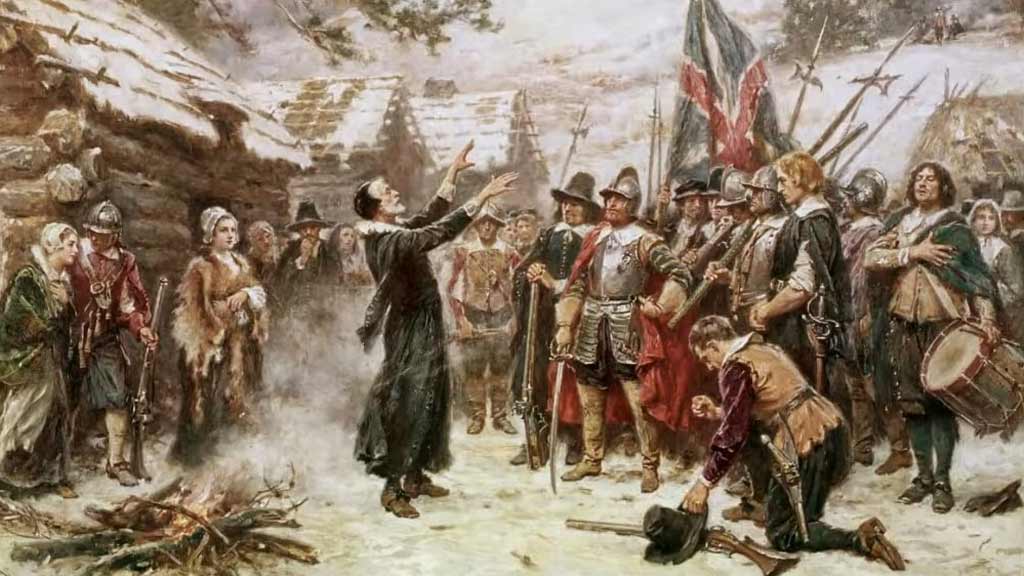
The story begins with the arrival of the Pilgrims aboard the Mayflower in 1620. Seeking religious freedom from the Church of England’s persecution, these separatists established the Plymouth Colony on the shores of present-day Massachusetts.
Led by William Bradford, the Pilgrims sought a new land where they could worship according to their beliefs without fear of reprisal.
Arrival of the English Settlers
Meanwhile, another group of English settlers, known as the Puritans, sought refuge from religious persecution in England. Unlike the Pilgrims, the Puritans aimed to reform the Church of England rather than separate from it entirely.
In 1629, a group of Puritans obtained a royal charter from King Charles I to establish the Massachusetts Bay Colony. Led by John Winthrop, this venture aimed to create a model Christian community based on Puritan principles.
Motivations Behind the Founding
The motivations behind the founding of Massachusetts were multifaceted. Religious freedom was a primary driver, as both the Pilgrims and the Puritans sought to practice their faith without interference from the established Anglican Church.
Additionally, economic opportunities played a significant role. The fertile land and abundant natural resources of the New World offered the promise of prosperity for those willing to venture across the Atlantic.
Vision for a “City Upon a Hill”
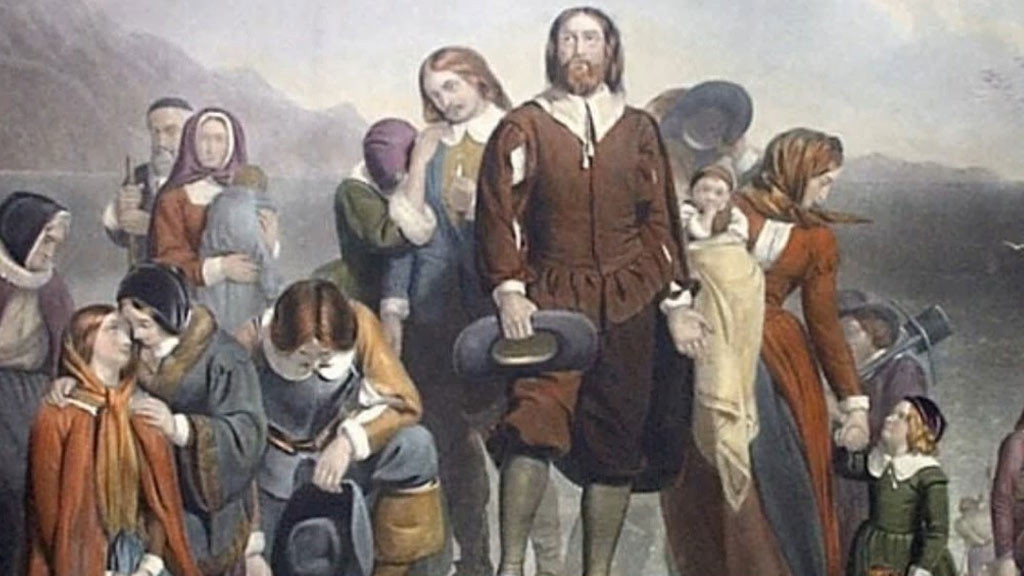
The Massachusetts Bay Colony quickly grew into a thriving community, attracting settlers from England and other parts of Europe.
The Puritans established towns and villages, built churches and schools, and developed a strong sense of community and shared purpose.
However, their vision of a “city upon a hill,” a beacon of righteousness and moral purity, also led to strict religious and social conformity within the colony.
Religious Freedom and Dissent
Despite their desire for religious freedom, the Puritans were intolerant of dissenting views and actively persecuted individuals whose beliefs diverged from their own.
Roger Williams, a minister who advocated for the separation of church and state and fair treatment of Native Americans, was banished from the Massachusetts Bay Colony in 1635.
He went on to found the colony of Rhode Island, which became a haven for religious minorities and a bastion of religious liberty.
Consequences for the Indigenous People
The founding of Massachusetts also had profound consequences for the indigenous peoples who inhabited the region.
The arrival of European settlers brought disease, warfare, and displacement, leading to the decimation of Native American populations and the loss of their lands and way of life.
Conflicts between settlers and Native Americans, such as King Philip’s War in 1675-1676, further exacerbated tensions and reshaped the region’s social and political landscape.
Economic Opportunities in the New World
Despite its flaws and contradictions, the founding of Massachusetts laid the groundwork for the development of democratic principles and institutions in America.
The colony’s emphasis on self-government and religious freedom influenced the drafting of the U.S. Constitution and the Bill of Rights, which enshrined the rights of individuals to worship freely and participate in the democratic process.
FAQs
When did Massachusetts become a state?
Massachusetts became the sixth state to join the United States on February 6, 1788, following the ratification of the U.S. Constitution.
What role did Massachusetts play in the American Revolution?
Massachusetts played a significant role in the American Revolution, hosting events such as the Boston Tea Party and the Battles of Lexington and Concord, which marked the beginning of the war.
How did Massachusetts acquire its statehood?
Massachusetts transitioned from a colony to a state through the process of ratifying its constitution and gaining acceptance into the Union. It officially became a state upon the ratification of the U.S. Constitution.
Who were some influential figures in Massachusetts statehood history?
Influential figures in Massachusetts statehood history include John Adams, Samuel Adams, John Hancock, and Paul Revere, among others, who played key roles in the state’s transition to independence and statehood.
What is Massachusetts known for in terms of statehood and governance?
Massachusetts is renowned for its role in shaping democratic principles and governance in the United States.
It was home to pivotal events in American history, including the drafting of the Massachusetts Constitution, which influenced the formation of the U.S. Constitution.
Conclusion
The journey towards Massachusetts statehood is a saga of resilience, determination, and unwavering commitment to the ideals of liberty and self-governance.
From the earliest settlers braving the unknown shores to the patriots who boldly stood against tyranny, the people of Massachusetts have always been at the forefront of history’s unfolding drama.
Through trials and tribulations, they forged a path toward statehood, marked by sacrifices, struggles, and ultimately, triumphs.
Today, Massachusetts stands as a beacon of democracy, innovation, and progress, its legacy deeply rooted in the foundations laid centuries ago.
As we reflect on its storied past, we are reminded of the enduring importance of civic engagement, unity, and the pursuit of a more perfect union.
May the lessons learned from Massachusetts’s statehood journey inspire future generations to uphold the values of freedom, justice, and equality for all. Keep exploring its history and preserve the stories together.
Jaclyn Lowe